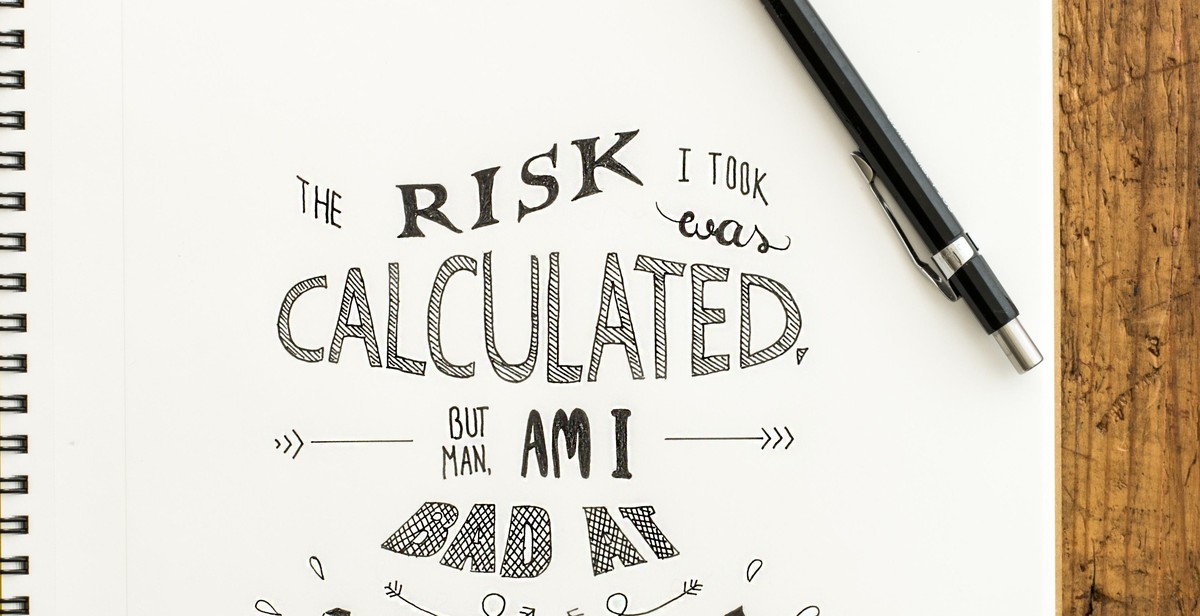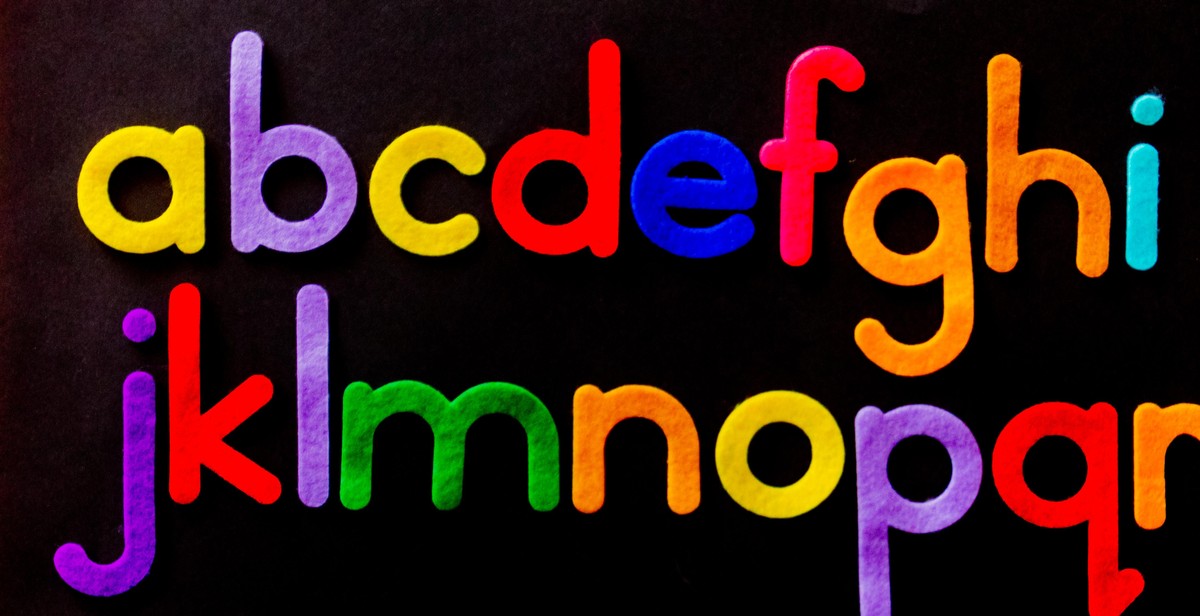How to Choose the Right Fonts for Your Brand: Establishing Visual Identity
Choosing the right fonts for your brand is a critical aspect of establishing visual identity. It is one of the first things that people notice about your brand, and it can make a big impact on how your audience perceives your business. The fonts you choose can convey a message, evoke emotions, and even influence buying decisions.
Why Is Font Selection Important?
Fonts are a critical component of branding. They help to establish a visual identity that is unique to your business and differentiate it from your competitors. Your font selection should reflect your brand’s personality and values, and it should be consistent across all marketing materials, including your website, social media, and print materials.
Font selection is also important for readability. Choosing the wrong font can make your content difficult to read, which can lead to a negative user experience and a higher bounce rate. A font that is too small or too light can be hard to read, especially on mobile devices.
Factors to Consider When Choosing Fonts
- Brand personality and values
- Target audience
- Readability
- Consistency
- Compatibility with different devices and browsers
When choosing fonts for your brand, it is important to consider these factors and select fonts that align with your brand’s personality and values while also being easy to read and consistent across all platforms.
Why Fonts Matter in Branding
Fonts play a crucial role in establishing a brand’s visual identity. They are more than just letters and numbers; they are the building blocks of a brand’s personality and are capable of evoking emotions and conveying messages.
Legibility and Readability
The primary function of a font is to ensure that the message is legible and readable. A font that is difficult to read or understand will not effectively communicate the brand’s message. Therefore, it is essential to choose a font that is easy to read, even at smaller sizes, and has a good contrast against its background.
Personality and Emotion
Fonts have personalities, just like people. A font can be bold, elegant, playful, or serious, and it can evoke different emotions in the viewer. When selecting a font for a brand, it is crucial to consider the brand’s personality and the emotions it wants to convey to its audience.
Consistency and Recognition
A font’s consistency is essential in branding as it ensures that the brand is recognizable across all mediums. Consistency in font usage helps to establish a brand’s visual identity and differentiate it from competitors. It also helps to create a sense of familiarity and trust with the audience.
SEO Optimization
Fonts can also impact a website’s SEO. Search engines look for relevant content when ranking websites, and fonts can affect the readability of the content. Therefore, it is crucial to use fonts that are easy to read and do not hinder the user experience. Using web-safe fonts and optimizing font sizes and styles can also improve a website’s load time, which is another factor that affects SEO.
- Choose fonts that align with the brand’s personality and the emotions it wants to evoke.
- Ensure that the font is easy to read and has good contrast against its background.
- Maintain consistency in font usage to establish a brand’s visual identity and improve recognition.
- Optimize fonts for SEO by using web-safe fonts and optimizing font sizes and styles.

Understanding Typography
Typography plays a vital role in establishing a brand’s visual identity. It refers to the art and technique of arranging typefaces to make written language legible, readable, and appealing when displayed. Understanding the basics of typography helps you choose the right fonts for your brand, which ultimately enhances its visual appeal and message delivery.
Fonts vs. Typefaces
Fonts and typefaces are often used interchangeably, but they have different meanings. A typeface is a set of one or more fonts that share a common design. For instance, Arial is a typeface, and Arial Regular, Arial Bold, and Arial Italic are fonts.
Anatomy of a Typeface
A typeface has several components, including:
- Baseline: The imaginary line on which the letters sit.
- X-height: The height of the lowercase letters, excluding ascenders and descenders.
- Ascender: The part of a lowercase letter that extends above the x-height, such as the top of the letter “d”.
- Descender: The part of a lowercase letter that extends below the baseline, such as the bottom of the letter “p”.
- Serif: The small lines or flourishes at the end of strokes in some typefaces.
- Stem: The main vertical or diagonal stroke in a letter.
- Bowl: The curved part of a letter, such as the circle in the letter “d”.
Serif vs. Sans-Serif Fonts
Serif fonts have small lines or flourishes at the end of their strokes, while sans-serif fonts do not. Serif fonts are considered traditional and formal, while sans-serif fonts are modern and casual. When choosing between serif and sans-serif fonts, consider your brand’s personality and the message you want to convey.
Script vs. Display Fonts
Script fonts mimic handwriting and are elegant and decorative. They are suitable for formal and feminine brands. Display fonts are bold and attention-grabbing and are suitable for headlines and logos. When using script or display fonts, ensure they are legible and do not compromise the readability of your content.

Factors to Consider when Choosing Fonts for Your Brand
Choosing the right fonts for your brand is crucial in establishing a visual identity that communicates your brand personality and resonates with your target audience. Here are the key factors to consider:
Brand Personality
The fonts you choose should reflect your brand personality. Are you a serious and professional brand? Then, you might want to consider using a serif font. Are you a fun and playful brand? Then, a sans-serif font might be more appropriate. Make sure that the font you choose aligns with your brand values and messaging.
Target Audience
Your target audience should be a key consideration when choosing fonts. Consider their age, gender, location, and other demographic factors. For example, if your target audience is primarily older adults, you might want to choose a font that is easy to read and has a larger font size.
Legibility and Readability
Legibility and readability are essential when choosing fonts for your brand. Legibility refers to how easy it is to distinguish individual characters, while readability refers to how easy it is to read a block of text. Make sure that the fonts you choose are legible and readable in various sizes and formats.
Versatility and Scalability
The fonts you choose should be versatile and scalable. This means that they should look great in various formats, including print and digital media, and be able to scale up or down without losing quality.
Consistency and Coherence
Consistency and coherence are essential in establishing a visual identity for your brand. Choose a font family or a combination of fonts that work well together and use them consistently across all your brand materials. This will help create a cohesive and recognizable brand image.
| Factor | Considerations |
|---|---|
| Brand Personality | Choose fonts that reflect your brand values and messaging |
| Target Audience | Consider age, gender, location, and other demographic factors |
| Legibility and Readability | Ensure fonts are easy to distinguish and read in various sizes and formats |
| Versatility and Scalability | Choose fonts that look great in various formats and can scale up or down without losing quality |
| Consistency and Coherence | Use a consistent font family or combination of fonts across all brand materials |

Best Practices for Font Selection
Choosing the right fonts for your brand is a crucial step in establishing a strong visual identity. Here are some best practices to keep in mind:
Limit Your Font Choices
It’s essential to limit the number of fonts you use to maintain consistency and avoid clutter. Stick to two or three fonts at most. One font for headings and another for body text is a common combination.
Pairing Fonts
When selecting fonts, consider pairing a serif font with a sans-serif font. This combination creates a balanced and professional look. However, avoid pairing two fonts that are too similar, as this can create confusion and make your brand look unprofessional.
Choosing Font Styles and Weights
Use different font styles and weights to create hierarchy and emphasize important elements. For example, use bold or italicized fonts for headings and subheadings to make them stand out. Be consistent with your font choices, and avoid using too many font styles or weights.
Testing and Refining Your Choices
Once you’ve selected your fonts, test them in different contexts to ensure they work well together. Use them in mockups, on your website, and in print materials. Refine your choices based on how they look and feel in different settings.
- Make sure the fonts are legible at different sizes and on different devices
- Consider how they look in different colors and backgrounds
- Get feedback from others to ensure your font choices are effective
By following these best practices, you can choose the right fonts for your brand and create a strong visual identity that resonates with your audience.
Conclusion
Choosing the right fonts for your brand is a crucial step in establishing your visual identity. It can make or break your brand’s image and affect how your target audience perceives your business. With the vast array of fonts available, it can be overwhelming to select the perfect ones for your brand.
However, by following the guidelines outlined in this article, you can streamline the process and make an informed decision that aligns with your brand’s values and personality. Remember to consider the readability, legibility, and scalability of your chosen fonts, as well as their compatibility with your brand’s color scheme and overall aesthetic.
Don’t be afraid to experiment with different font combinations and styles to find the perfect match for your brand. Keep in mind that your font choices should be consistent across all your marketing materials, including your website, social media profiles, and print materials.
By taking the time to choose the right fonts for your brand, you can create a powerful visual identity that resonates with your target audience and sets you apart from your competitors. So, take a deep breath, follow the guidelines, and choose your fonts wisely!
Key Takeaways
- Choosing the right fonts is crucial in establishing your visual identity.
- Consider the readability, legibility, and scalability of your chosen fonts.
- Ensure your font choices are consistent across all marketing materials.
- Experiment with different font combinations and styles to find the perfect match for your brand.
| Benefits of Choosing the Right Fonts for Your Brand | Consequences of Choosing the Wrong Fonts for Your Brand |
|---|---|
| Establishes a strong visual identity | Can negatively affect brand image and perception |
| Increases brand recognition and recall | Can lead to confusion and inconsistency |
| Creates a professional and credible image | Can appear unprofessional and amateurish |
